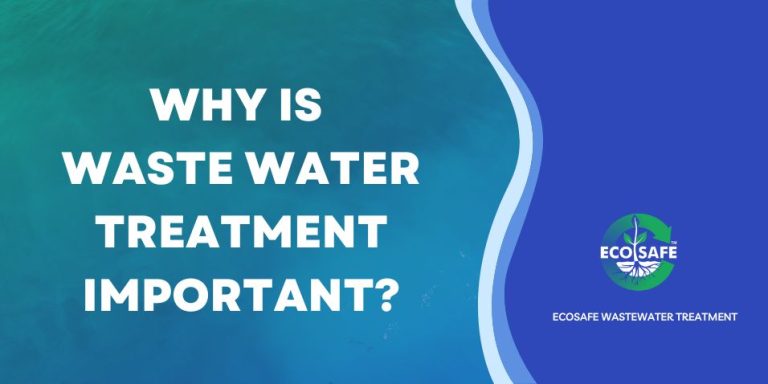Reclaim Waste for Beginners
Reclaim Waste for Beginners
Blog Article
The Facts About Reclaim Waste Uncovered
Table of ContentsThe Basic Principles Of Reclaim Waste Some Known Questions About Reclaim Waste.Getting The Reclaim Waste To WorkRumored Buzz on Reclaim WasteThe Best Strategy To Use For Reclaim Waste
Discover the types, occurrences, and forms of fluid waste. Domestic sewer waste describes the waste and products from a property septic tank. This kind of waste is developed by humans in homes, schools, and other structures. This only consists of septic storage tanks that have a drainpipe field. The appropriate management and disposal of residential sewage waste call for liquid waste to be moved to a sewage therapy plant where the appropriate approaches and devices are used to purify and deal with waste.
Industrial waste often consists of prospective threats, such as flammable products or a mix of fluid and solid waste products, and needs an advanced and thorough disposal process. The disposal of commercial waste normally includes the filtering of waste prior to transport to ensure safe and appropriate disposal. Industrial waste is produced from by-products and overflow of commercial procedures and manufacturing.
This type of waste can not make use of the very same sewer administration transport or procedures as septic or business fluids. The industrial waste administration process needs the inspection and testing of fluid waste prior to it undertakes the disposal procedure (liquid waste disposal melbourne). Overflow waste is the liquid waste that comes from drainage and excess stormwater in extremely inhabited locations or cities
Overflow waste can cause contamination and flooding if not dealt with appropriately. Making certain correct waste monitoring can stop catastrophes and lower environmental injury.
Reclaim Waste Can Be Fun For Anyone
Call PROS Solutions today to learn more about our waste monitoring and disposal solutions and the proper methods to take care of the liquid waste you create.
(https://hearthis.at/leon-aube/set/reclaim-waste/)Do you understand what occurs to your water when you draw the plug, purge the bathroom or drain the washing device? No? Well, it's worth recognizing. This so-called 'wastewater' is not only a crucial resource however, after therapy, will be launched to our land, rivers or the ocean. Used water from commodes, showers, bathrooms, kitchen area sinks, washings and industrial processes is referred to as wastewater.

water made use of to cool equipment or clean plant and devices). Stormwater, a form of wastewater, is drainage that flows from agricultural and urban locations such as roofings, parks, gardens, roadways, paths and rain gutters into stormwater drains, after rainfall. Stormwater moves neglected directly to local creeks or rivers, ultimately getting to the sea.
The Facts About Reclaim Waste Uncovered
In Queensland, the majority of wastewater is treated at sewage therapy plants. Wastewater is moved from residential or commercial websites via a system of sewers and pump terminals, recognized as sewage reticulation, to a sewer treatment plant. City governments build, keep and operate most sewer treatment plants. Operators are accredited under the Environmental Protection Act 1994 to discharge treated wastewater at an acceptable ecological criterion right into rivers.
The Division of Natural Resources encourages city governments concerning handling, operating and keeping sewage systems and therapy plants. In unsewered areas, local federal governments may require householders to set up individual or house sewer treatment systems click here to read to treat domestic wastewater from toilets, kitchens, restrooms and laundries. The Department of Natural Resources authorises making use of home systems when they are confirmed to be reliable.
Many stormwater receives no therapy. In some brand-new subdivisions, therapy of some stormwater to eliminate litter, sand and crushed rock has started utilizing gross pollutant traps. Wastewater treatment happens in 4 phases: Eliminates strong issue. Bigger solids, such as plastics and other things incorrectly released to drains, are eliminated when wastewater is passed through screens.
Wastewater then moves into huge storage tanks where solids resolve and are eliminated as sludge. Oil and scum are skimmed from the surface area. Uses little living organisms referred to as micro-organisms to break down and get rid of staying liquified wastes and fine fragments. Micro-organisms and wastes are integrated in the sludge. Gets rid of nitrogen and phosphorus nutrients that might cause algal flowers in our waterways and threaten marine life.
The Ultimate Guide To Reclaim Waste
Nutrient removal is not available at all sewer treatment plants because it calls for expensive specialized tools. Clear fluid effluent produced after therapy might still consist of disease-causing micro-organisms - liquid waste removal.

Many wastewater streams into the sewage system. Under the Act, regional governments carry out approvals and permits for ecologically relevant tasks (Ages) entailing wastewater launches that might have a neighborhood influence.
Fascination About Reclaim Waste
Or else, samples are taken for lab analysis. Often numerous tests are required to develop the levels of each of the different contaminants such as oils, hefty steels and chemicals in water. Tracking provides valid info regarding water high quality and can validate that permit conditions are being satisfied. The details gotten through surveillance gives the basis for making water quality decisions.
Report this page